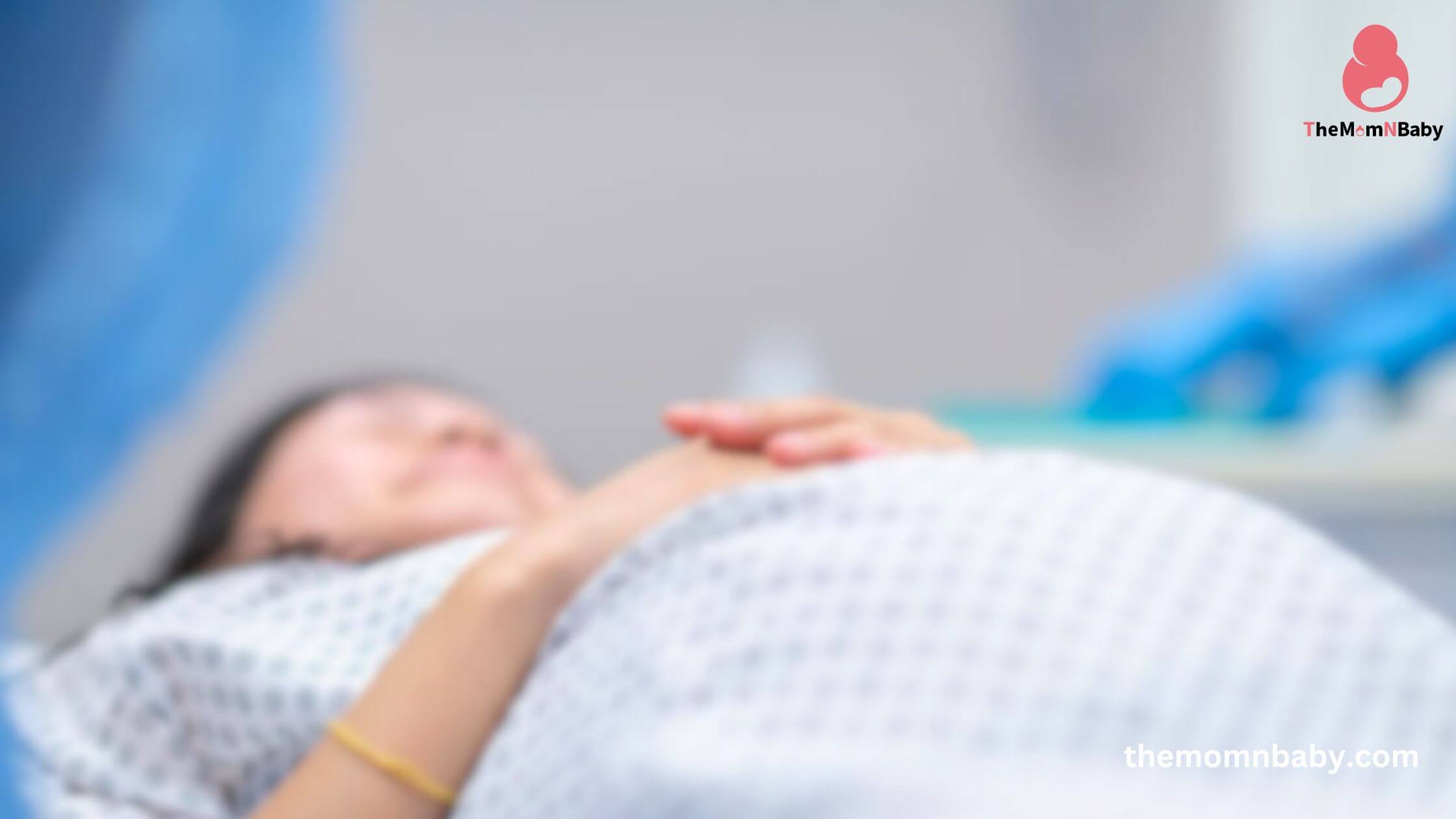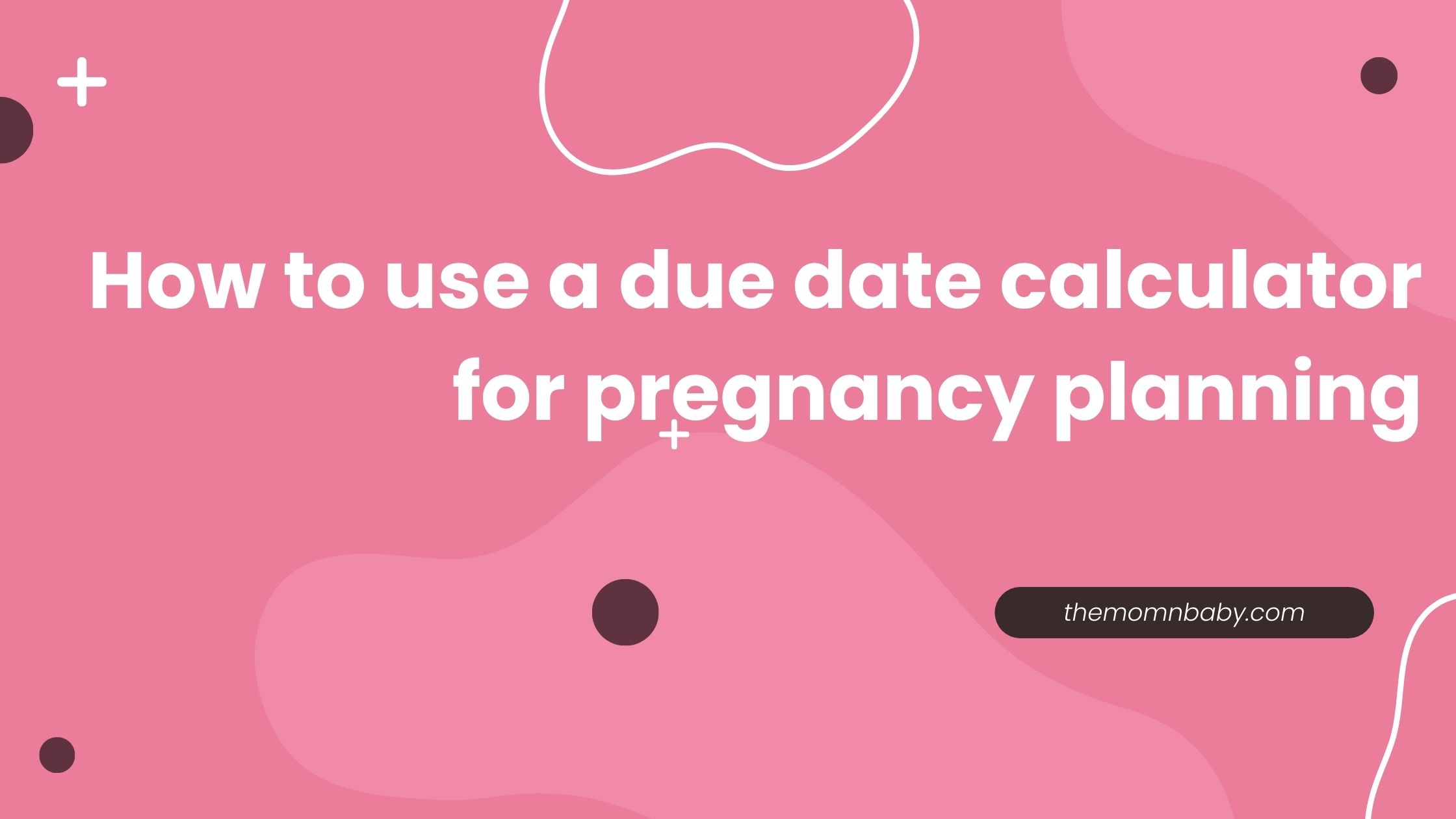
Imagine the incredible moment of bringing a new life into the world. For some people, that journey includes a “caesarean section,” commonly known as a C-section. People often choose or require this remarkable surgical procedure to ensure the well-being and safety of both the parent and the baby. As we dive into the world of C-sections, let’s unravel the reasons why people opt for this method and explore the transformative impact it has on countless lives. Join us on this extraordinary journey of childbirth and the remarkable power of the C-section in shaping the miracle of life.
What is C-section?
Let’s talk about C-sections. A C-section, or caesarean section, is a surgical procedure used for childbirth. It’s important to understand that there are different situations in which a C-section may be necessary. Sometimes, a C-section is planned in advance, known as an elective C-section. Other times, it becomes necessary during labour due to concerns for your safety or the well-being of your baby, which we call an emergency C-section.
During a C-section, an incision is made through the layers of your skin, abdomen, and uterus. This allows the medical team to safely deliver your baby. It’s important to remember that an emergency C-section can be a life-saving procedure when there’s a need for a quick and safe delivery.
What Circumstances Lead to a C-Section?
let’s have a conversation about the reasons you might need a C-section. It’s essential to understand that every pregnancy is unique, and sometimes a C-section may be necessary for the well-being of both you and your baby. Here are some reasons why we might consider a C-section:
1. Labor Failing to Progress:
In some cases, labor might not progress as expected, which could pose risks to you and your baby. If we notice that your labor is taking an extended time and it’s safer for you and your baby, we may recommend a C-section.
2. Fatal Distress:
- Sometimes, the baby might experience certain medical issues during labour, and we need to act quickly to ensure the baby’s well-being. In such situations, a C-section might be the best option for a safe delivery.
3. Twins or Multiple Pregnancies:
- Carrying more than one baby increases the complexity of childbirth. To ensure the safety of both you and your babies, a C-section might be considered for a controlled and safe delivery.
4. Placenta Previa:
- If the placenta is covering the entrance to your uterus, it could block the baby’s way out during vaginal delivery. To prevent complications, a C-section may be the safest way to deliver your baby.
5. Previous Surgeries:
- If you’ve had a previous C-section or uterine surgeries, it could impact your delivery options. Depending on your medical history, we might recommend a C-section for a safer birth.
6. Position of the Baby:
- If your baby is in a breech position (feet first) or measures larger than average, a C-section might be the best option to ensure a smooth and safe delivery.
Of course, medical concerns do not always dictate the performance of C-sections. If you find a C-section appealing as a birthing method, you can actively discuss having an elective C-section with your doctor.
Different types of C-sections
There are different types of C-sections, each with its specific characteristics and reasons for being performed. The two main types of C-sections are:
Horizontal (Transverse) Incision:
- This is the most common type of C-section. The incision is made horizontally across the lower part of the abdomen, usually just above the pubic hairline. It is also known as a “bikini cut” incision due to its placement.
Vertical (Longitudinal) Incision:
- In certain situations, a vertical incision is made from the belly button down to the pubic bone. This type of incision might be used in cases of emergency C-sections or when the baby is in an unusual position.
Within these two main types, there are variations depending on the specific needs and conditions of the pregnancy. The choice of incision type is based on factors such as the urgency of the procedure, the health history of the parent, the position and size of the baby, and the medical team’s expertise. Each type of C-section is carefully considered to ensure the safest and most successful delivery for both the parent and the baby.
Getting Ready for Your C-Section: Practical and Emotional Readiness
If you know you’re going to have a C-section, there are some things you can do to get ready both practically and emotionally. You can take a special class just for planned C-sections to learn more about what to expect. Also, during your visits to the doctor before the surgery, don’t be afraid to ask any questions you have.
You might find it helpful to talk to friends or family who have had a C-section before. But make sure to tell them you want useful advice, not scary stories. Ask them things like how to move and get out of bed after the surgery or what helped them during the C-section.
Follow your doctor’s instructions carefully. Usually, the medical team will not allow you to eat, drink, or smoke for a certain number of hours before the surgery. Let your doctor know about any medications you’re taking, and take a shower before going to the hospital, as your doctor suggests.
Remember, your doctor might have more tips for you, so listen carefully and don’t hesitate to ask questions. By getting ready in advance, you can feel more prepared and confident for your C-section.
Risk Associated with C-section
- Infection: There is a risk of infection at the incision site after a C-section.
- Loss of blood: C-sections may lead to significant blood loss during the surgery.
- Blood clots: Some people may develop blood clots in their legs or lungs after a C-section.
- Bowel or bladder injury, or injury to other organs: There is a small chance of accidental injury to nearby organs during the procedure.
- Allergic reaction to medication: Some individuals might experience an allergic reaction to medications used during the C-section.
- Potential complications with future pregnancies, including placenta Previa and placenta accrete. C-sections can impact future pregnancies, leading to conditions like Placenta Previa or placenta accrete.
Although C-sections come with increased risks, your doctor will do everything possible to reduce them. If you have concerns about any of the mentioned risks, talk to your OB/GYN or healthcare provider for reassurance and guidance.
During a C-Section: What to Expect
The sequence of events during a C-section generally follows a similar pattern, with slight variations possible. Here’s what typically happens:
1.The medical team will position you on the operating table and may insert a urinary catheter to empty your bladder during the procedure.
2. The medical team will administer an anesthetic, typically an epidural or spinal block, to numb the lower part of your body. They will place a sterile screen to create a barrier between your chest and abdomen, preventing infection and blocking your view of the surgery.
3. They will carefully make an incision through the layers of tissue, providing access to the uterus. Rather than cutting abdominal muscles, they usually separate them to reach the uterus. The medical team will apply pressure to facilitate the delivery of the baby’s presenting part, such as the head or feet.
4. After delivering the baby and cutting the umbilical cord, the surgeon will remove the placenta. They will then suture each incision closed. Over time, the uterine stitches will dissolve, and the medical team will close the abdomen using a combination of stitches, surgical glue, and/or staples.
Throughout the procedure, your medical team will prioritize your safety and well-being.
After a C-Section: What to Expect
If you are awake during the surgery, you can hold your baby right after the C-section. If you choose to breastfeed, you can start doing so soon after delivery.
Next, the medical staff will take you to a recovery room where they will regularly monitor your blood pressure, abdomen, bleeding, and pulse. Typically, you’ll spend around two hours in the recovery room. Every person’s recovery is different, and you may need IV fluids until you can eat and drink. Usually, the healthcare team will encourage you to stand up slowly, walk around, and eat within a few hours to promote healing.
They typically remove the bladder catheter between 12 and 24 hours after surgery. After delivery, expect to spend two to four days in the hospital. Your abdomen will be sore for a few days, but your doctor will provide pain medication.
Recovery takes time, and it’s a day-by-day process. Recommend gentle exercise like walking, but avoid heavy lifting, driving, and sudden jerky movements.
If you have any concerns about your recovery, including pain. Also about when you can resume normal activities, don’t hesitate to seek advice from your OB/GYN or healthcare provider. They will be there to guide and support you throughout your healing journey.
Also Read : Belly Belt 20 Benefits : During And After Pregnancy and Precaution





